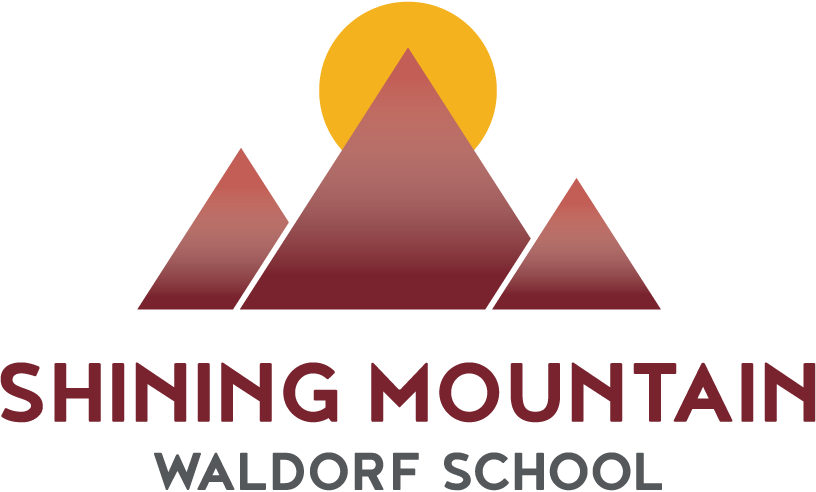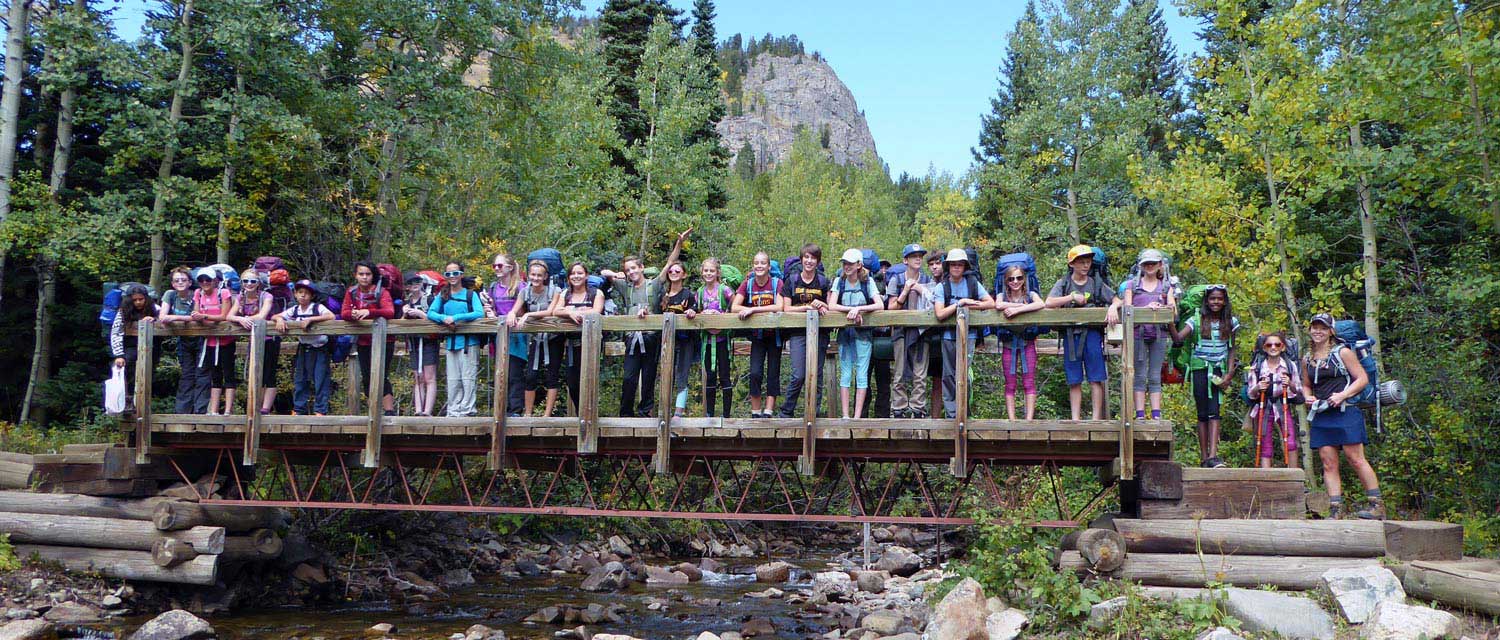(Inside Science) — Nobel-prize-winning scientist by day, blues musician by night. It may sound like a double life, but for James P. Allison — named last week as one of the two cancer immunologists to win this year’s Nobel Prize in physiology or medicine — science and artistic creativity are inextricably entwined, according to his band mates and colleagues. That may actually be typical for scientists at the top of their game.
A connection between artistic hobbies and scientific brilliance was noted as long ago as 1878, in a talk by Jacobus Henricus van ‘t Hoff, winner of the first Nobel prize in chemistry. Van ‘t Hoff pointed out that a large fraction of famous scientists from history had “artistic inclinations.” Newton, for example, was a painter; Galileo was a poet. This made sense, he said, because science is fundamentally creative. Anyone can make rote observations, but it takes leaps of imagination to come up with hypotheses and the experiments to test them.
That rings true for Allison’s blues band The CheckPoints, which is made up entirely of cancer immunologists spread across multiple institutions and companies around the U.S. The band is named for the very work that just won Allison a Nobel prize — parts of the immune system that researchers are manipulating to combat cancer. Allison, who works at the University of Texas MD Anderson Cancer Center in Houston, is an expert harmonica player, and has even played with Willie Nelson.
“Great scientists are creative people. Music and science often go hand-in-hand,” said Rachel Humphrey, lead singer of The CheckPoints and the chief medical officer of the San Francisco biotech company CytomX. Humphrey also led the clinical program at Bristol-Myers Squibb that brought the first checkpoint-targeting drug to market.
Allison’s creativity is at the heart of his scientific success, said Humphrey. He was the first to recognize immune checkpoints for what they are — “brakes” that hold the immune system back from attacking too aggressively. And it was his idea to target those checkpoints for cancer therapy, blocking them so the immune system would attack tumors.
Creativity also takes center stage in Allison’s music. Of all the band members, his style is the most improvisational, said Thomas Gajewski, an oncologist and immunologist at the University of Chicago and one of the band’s guitar players.
“The guy is totally spontaneous,” said Gajewski. “Nothing is the same two performances in a row.”

